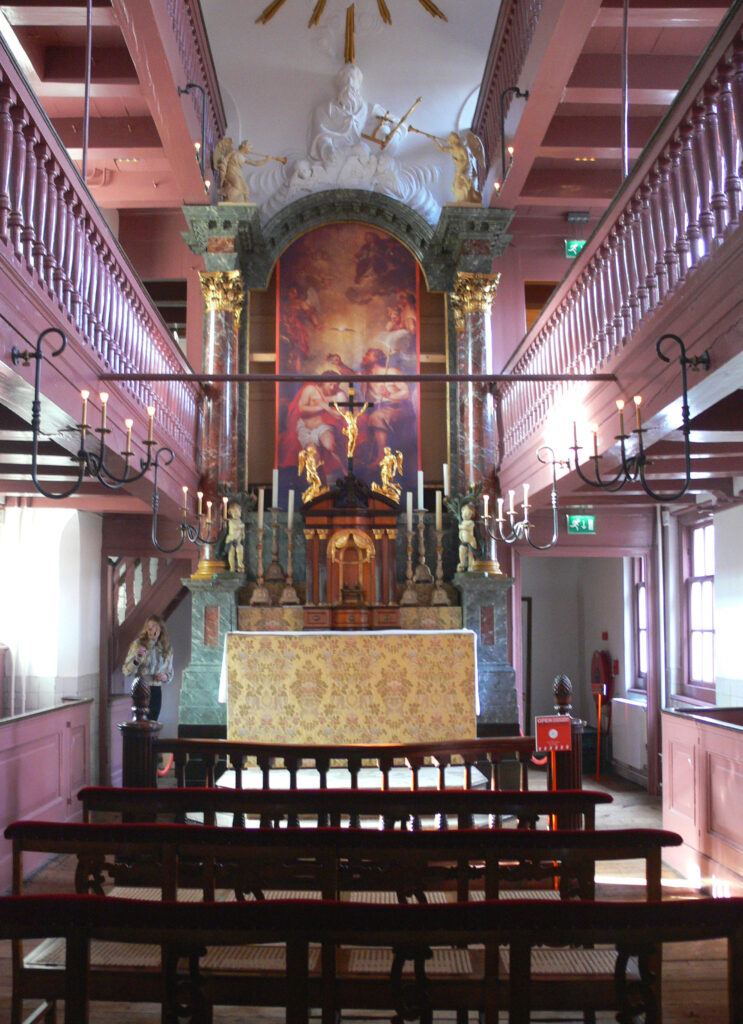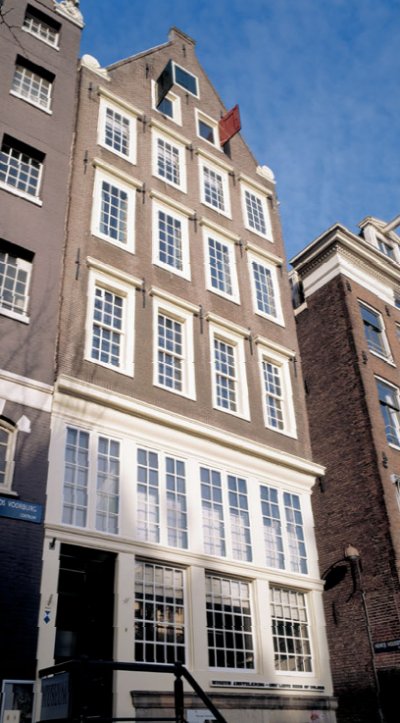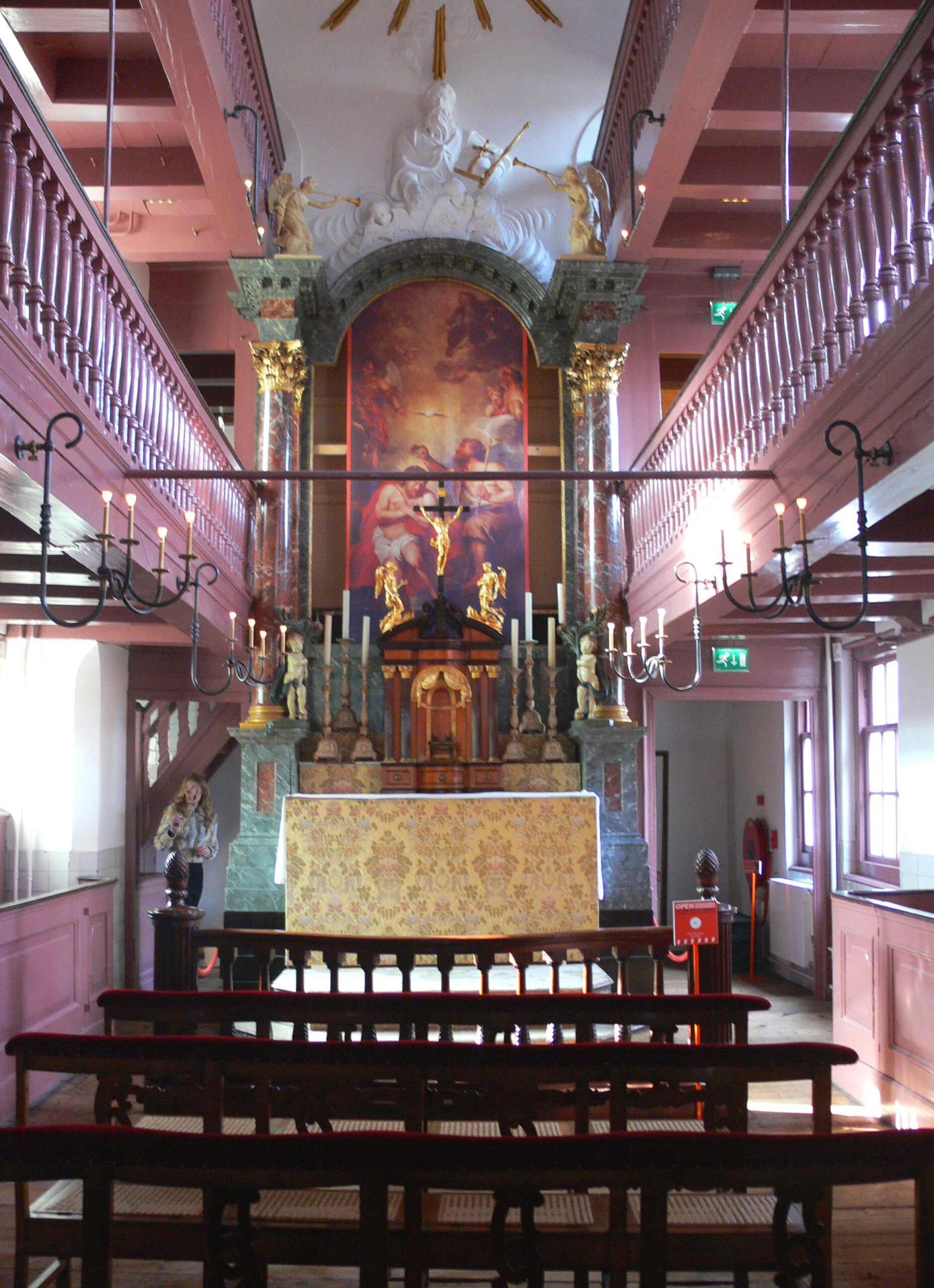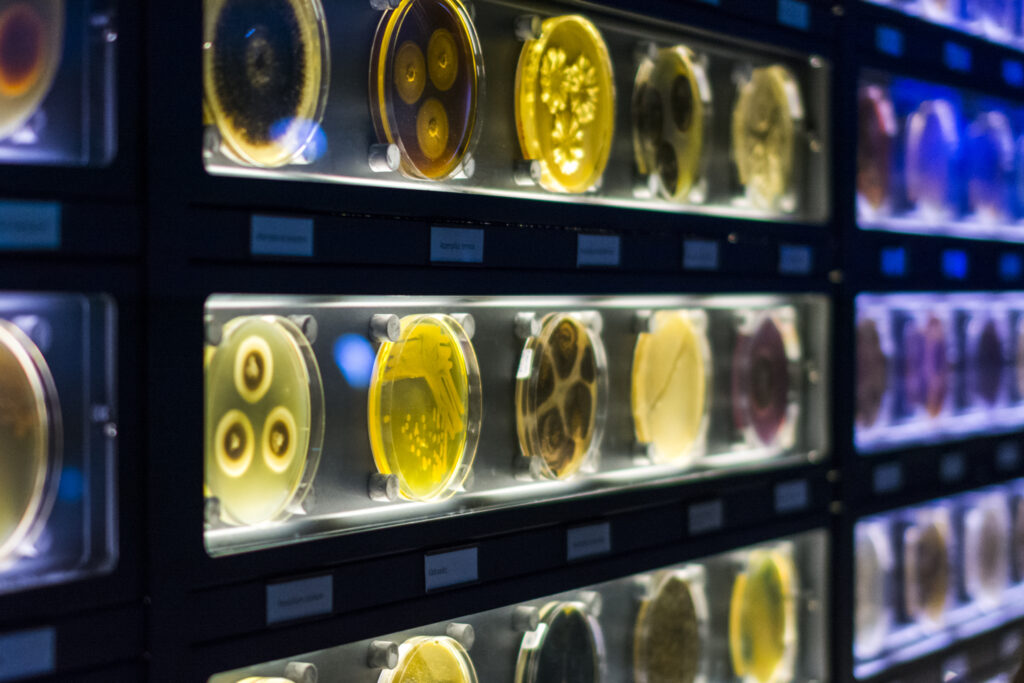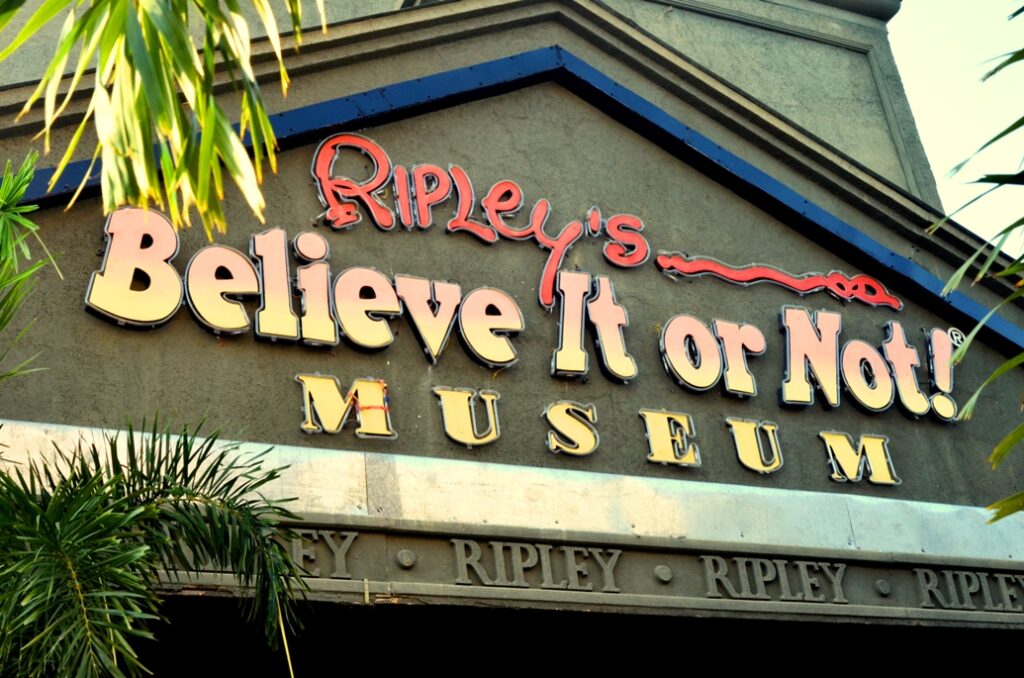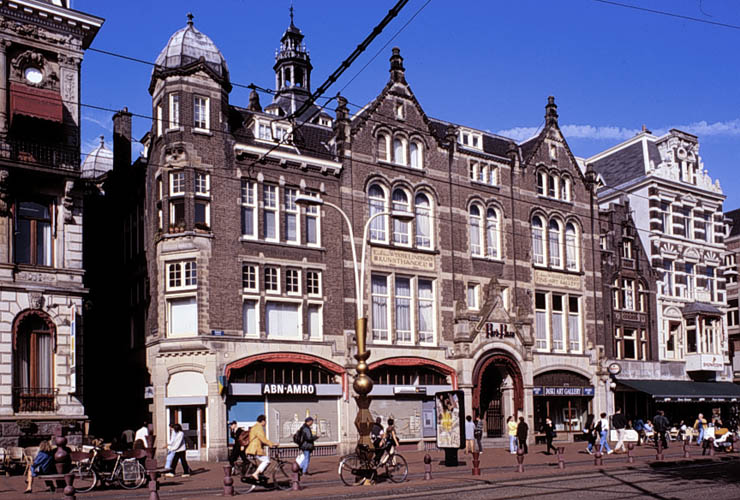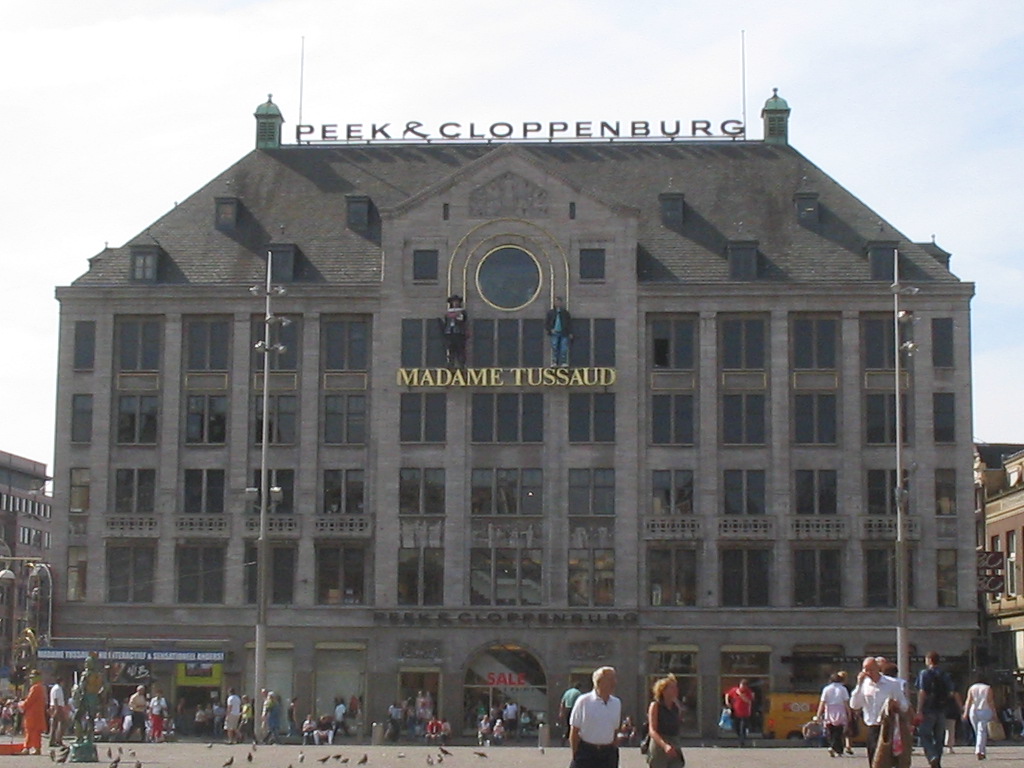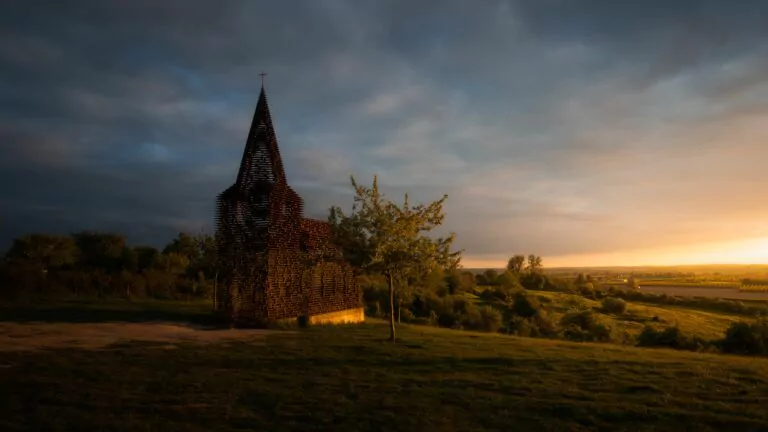In the heart of Amsterdam’s Red Light District, Ons’ Lieve Heer op Solder is a hidden Catholic church established in the 17th century in the upper floors of a bourgeois house. Converted into a museum in 1888, it offers a unique testimony to the clandestine practice of Catholicism during the Reformation era.
Galerie photos
A hidden church inside a house
Located on the historic canal **Oudezijds Voorburgwal** in Amsterdam, this 1630 townhouse has housed a clandestine church since the 1660s. At the time, Catholicism was tolerated in the Dutch Republic, but only if practiced discreetly. This led to the creation of so-called schuilkerken (hidden churches), such as Ons’ Lieve Heer op Solder, literally “Our Lord in the Attic.”
A preserved monument turned into a museum
When the large **St. Nicholas Church** was inaugurated at the end of the 19th century, the hidden church no longer served a liturgical purpose. It was then converted into a museum on **April 28, 1888**, under the name *Roomsch Katholiek Museum*. Today, it is the **second oldest museum in Amsterdam**, after the Rijksmuseum.
A rare testimony of clandestine faith
The museum preserves not only the church itself but also the entire house and its period furnishings. It remains a place of emotion, silence, and discovery in the heart of a lively neighborhood. The chapel, painted in **old rose tones**, regained its 19th-century appearance after a major restoration campaign between 2011 and 2013.
A respectful and modern renovation
To better welcome visitors while preserving the original building, the entrance now leads through a neighboring house on **Heintje Hoekssteeg**. An underground passage connects it to the main house without altering its structure. The whole visitor route is designed to offer a historical and immersive experience.
